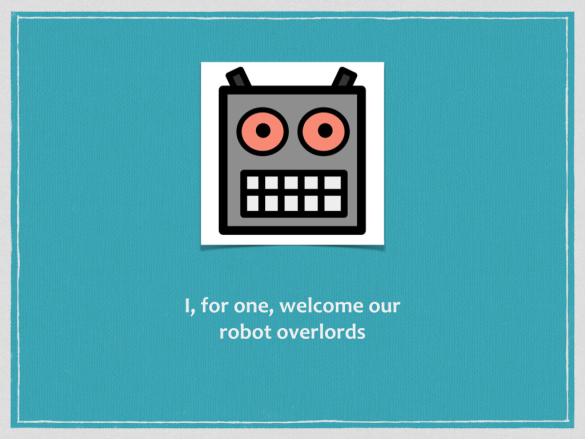So, what do finding aids do? Why do we create them?
OK, so we can start by looking at finding aids as a way to address the practical problem of giving potential researchers access to unique or rare material that can only be found in a single location, behind a locked door in a closed stacks. Until you come here and show us your ID and solemnly swear that you’re going to follow our rules, the finding aid is all you get. This is the deal. So, to answer the question of whether researchers want finding aids – no. They don’t. They want the records. But they get the guide first.
And many parts of a finding aid – the parts that we spend so much of our time creating – take this imperfect surrogate role. Many finding aids are built on the model of looking at a body of records, dividing it into groupings (either physically or intellectually, usually both), and then faithfully representing files in that grouping to a mind-numbing level of meticulous detail. I’m going to call this model a map.
Read the whole thing here.
